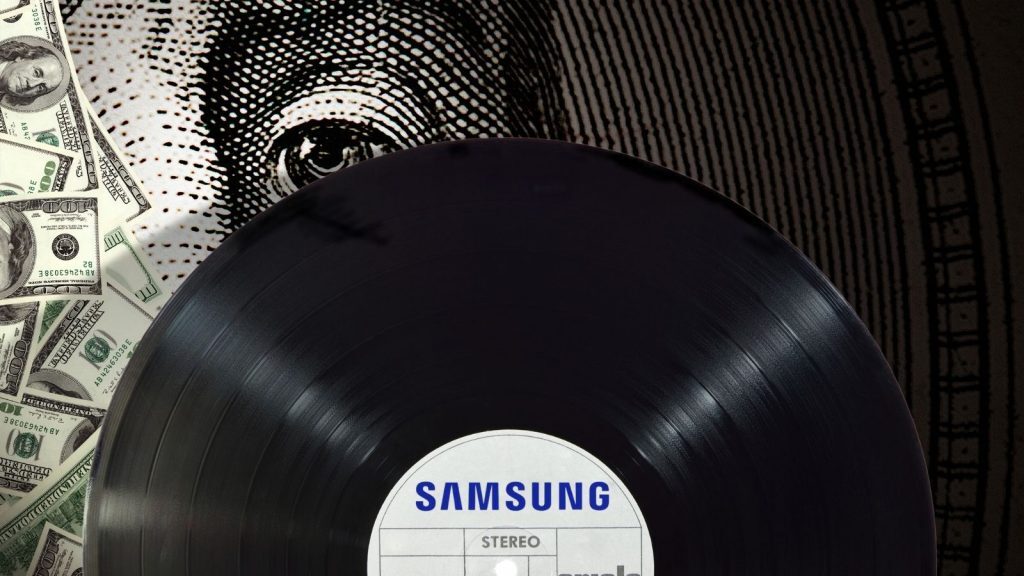Last year at about this time, Samsung bucked the ongoing trend of tech companies doing badly by posting a record quarter. The company posted, in Q3 2020, record revenue of just under 67 trillion Korean won. In South African terms, that’s about R850 billion, or enough to pay off Eskom’s current debt twice and still have enough change left over to buy the government minister of your choice.
Well, guess what? The South Korean company’s done it again. It hasn’t replicated 2020’s feat, though. It has exceeded it. The company has posted a new quarterly record for revenue by making 74 trillion Korean won — which is very nearly a trillion South African rands.
Samsung’s savings account
Revenue is just the big fluffy number that accountants have to keep track of, though. The company may have reported a 10% increase in income but it’s profit that’s really attractive to… well, people who own bits of Samsung. In terms of profit, that jumped by 26% compared to the previous quarter, for a total of 16 trillion Korean won (R200 billion — enough to cover half of Eskom’s debt).
These earnings were achieved off the back of the global chip shortage, as it happens. Since Samsung just happens to be the world’s largest chipmaker and its memory modules were in very high demand — as were all of its semiconductor products — that meant more money than ever for the tech maker.
Demand also increased for its OLED panels, because a whole lot of smartphone competitors are also playing in that space. And, well, Samsung’s not above sharing its screen tech if companies are willing to pay for it.
Also partly responsible for the company’s record-breaking financial performance, according to the company itself, is laid at the door of “…expanding sales of premium products such as foldable phones”. Increase sales of wearables and tablets also helped the South Korean outfit’s bottom line.
Samsung sees similar performance ahead for the end of the year, seeking to continue to drive sales of its folding devices and the flagship S-series. It also plans to “…proactively target replacement demand with competitive mass-market 5G lineup”, which suggests that we’re not in for too many new mid-range devices just yet. Components are scarce, even for the company that makes them, and Samsung’s high-end products are much more profitable to make at this point in time.




